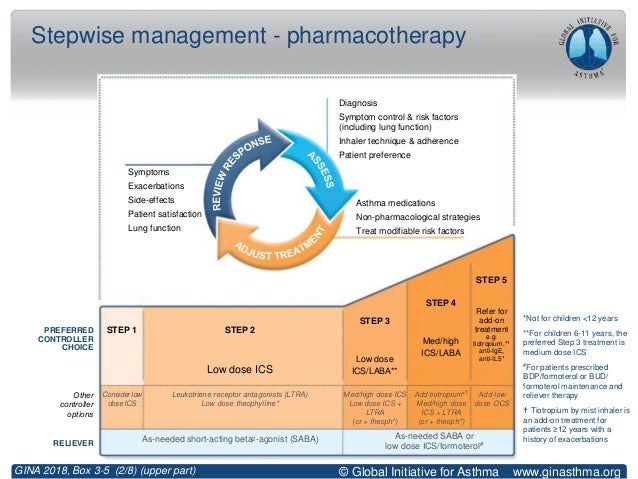
The recovered files add up to that exactly (to the last byte). WinCatalog shows that the files on the faulty drive (before I caused the fault) were a total of 1,878,740,204,644 bytes. I use 3 in docks and the other 25 are a mixture of USB 2.0 & 3.0.īecause of that many drives, I use a file catalog program called WinCatalog 2018. I have 28 external drives (totalling 73TB). I am happy to report that I have recovered all the files that were on the faulty drive. If not restore the original sector 63 on the receipient disk. If the recepient disk continues to function - success. Save sector 63 of the receipient disk, save sector 63 of the donor disk, transplant on the receipient. "Another question: If I did find a VBR at sector 63 on a 2TB Seagate 2.5 inch USB drive, could that be used?" He decided to not stop running but just run a mile a day."

"A wise man once told me he used to run 5 miles a day but no longer could. Layback Bear on my thread - Retiring from SevenForums : if you don't know I am one year older than you. ".if I discover that I have another Seagate 2TB drive with its VBR at Sector 63, do you want to experiment with the transplant? You would learn something new. So my recommendation will always be : Recover your data first and then do anything. Your data would have been strewn all over making data recovery thereafter uncertain. If it aborts itself midway through you are in hell. If it completes successfully you are in heaven. Running checkdisk on a faulty drive is risky. Yes, I was about to suggest that but forgot. "Once I have finished doing so, what do you think would happen if I then ran chkdsk against it, before trying to format it?"


 0 kommentar(er)
0 kommentar(er)
